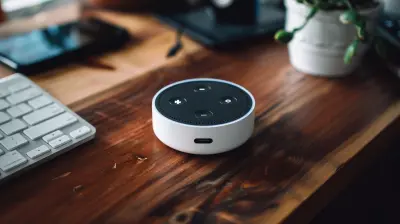The Role of Robotics in Food Production and Distribution
4 November 2025
Have you ever wondered how that perfectly packaged meal made it to your table so quickly and efficiently? Or how your favorite snack always seems to be in stock, fresh and ready-to-go? You’re not alone. The secret behind this modern marvel lies in the quiet revolution taking place behind the scenes—robotics.
In today’s fast-paced world, the way we grow, process, and move food has undergone a massive transformation thanks to robots. And no, we’re not talking about humanoid machines from sci-fi movies tossing salads or flipping burgers (well, not entirely). Robotics in food production and distribution is more about smart machines doing the things we humans can’t—faster, safer, and with mind-blowing accuracy.
So, grab a snack and let’s dive into how robots are changing the way we eat—one byte (pun intended) at a time.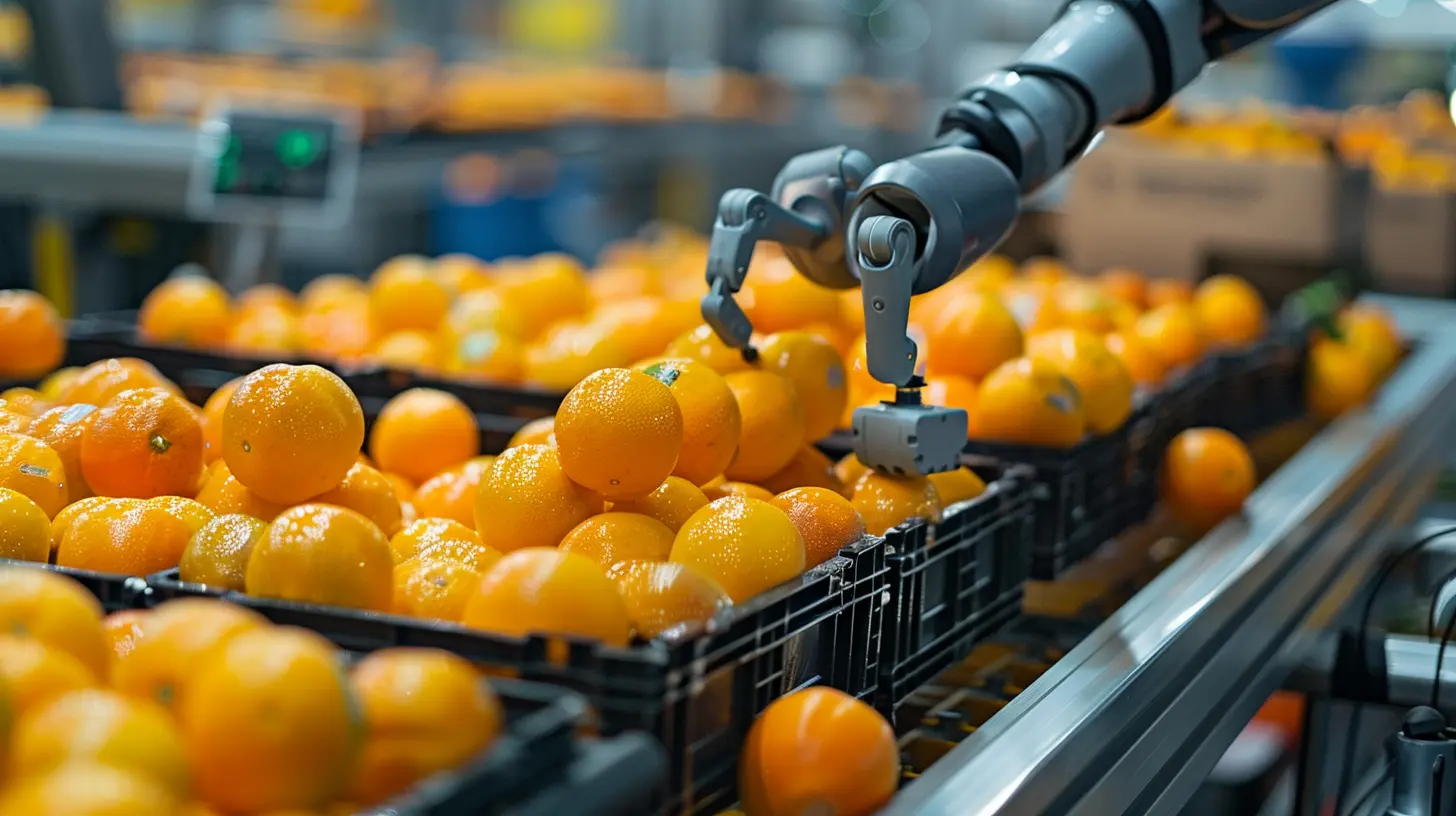
🌾 How it All Started: Robotics & Agriculture
Before food even reaches the processing plant, robotics starts playing its part right at the roots—literally.Precision Farming: Smarter, Not Harder
Farmers today are using robotic systems for everything from planting seeds to monitoring crop health. These machines, often equipped with sensors and AI, know exactly when and where to water, fertilize, or harvest. That’s some next-level multitasking!Think about this—traditional farming methods often involved a lot of guesswork and manual labor. But now, with drones flying overhead and ground robots cruising between rows, farmers get real-time data that helps them produce more food with fewer resources.
Automated Harvesting: Picking with Precision
You know how picking strawberries is delicate, right? One wrong move, and you've got mashed fruit instead of a perfect berry. Robots are now equipped with gentle grippers and machine vision that allow them to identify ripe fruits and pick them without damage. No sore backs, no sunburns, just juicy results.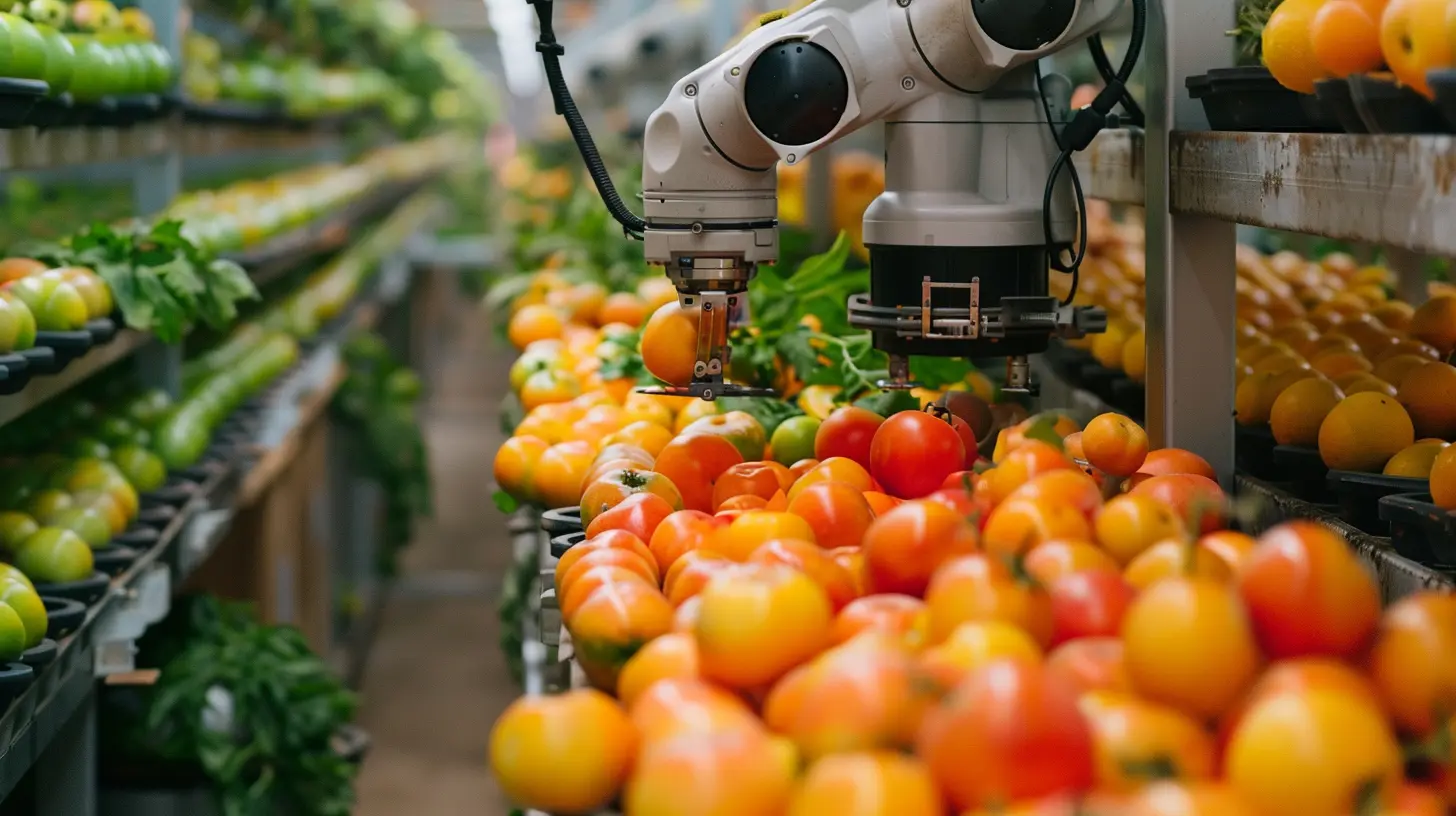
🏭 Inside the Factory: From Raw to Ready
Once the crops are harvested, it’s time for robotics to take over the heavy lifting at food processing facilities.Assembly Line Efficiency
In the food processing industry, speed and hygiene are everything. Robots can work tirelessly without needing breaks, and they don’t sneeze or touch their faces—which is pretty handy when you’re dealing with things people are going to eat.These machines slice, dice, mix, and package food at lightning speed. Some even have AI capabilities to detect imperfections in food products. Imagine a robot removing only the bad apples from a conveyor belt with laser precision—pretty cool, right?
Improved Food Safety
Food safety isn’t something we normally think about, but it’s a massive concern. Robotic systems help take human error out of the equation. They work in sterile environments and reduce contamination risk.For example, robotic arms that handle raw meat don’t carry germs from one piece to another. Plus, since they can be programmed to follow strict hygiene protocols, it's like having a food-safety expert working 24/7.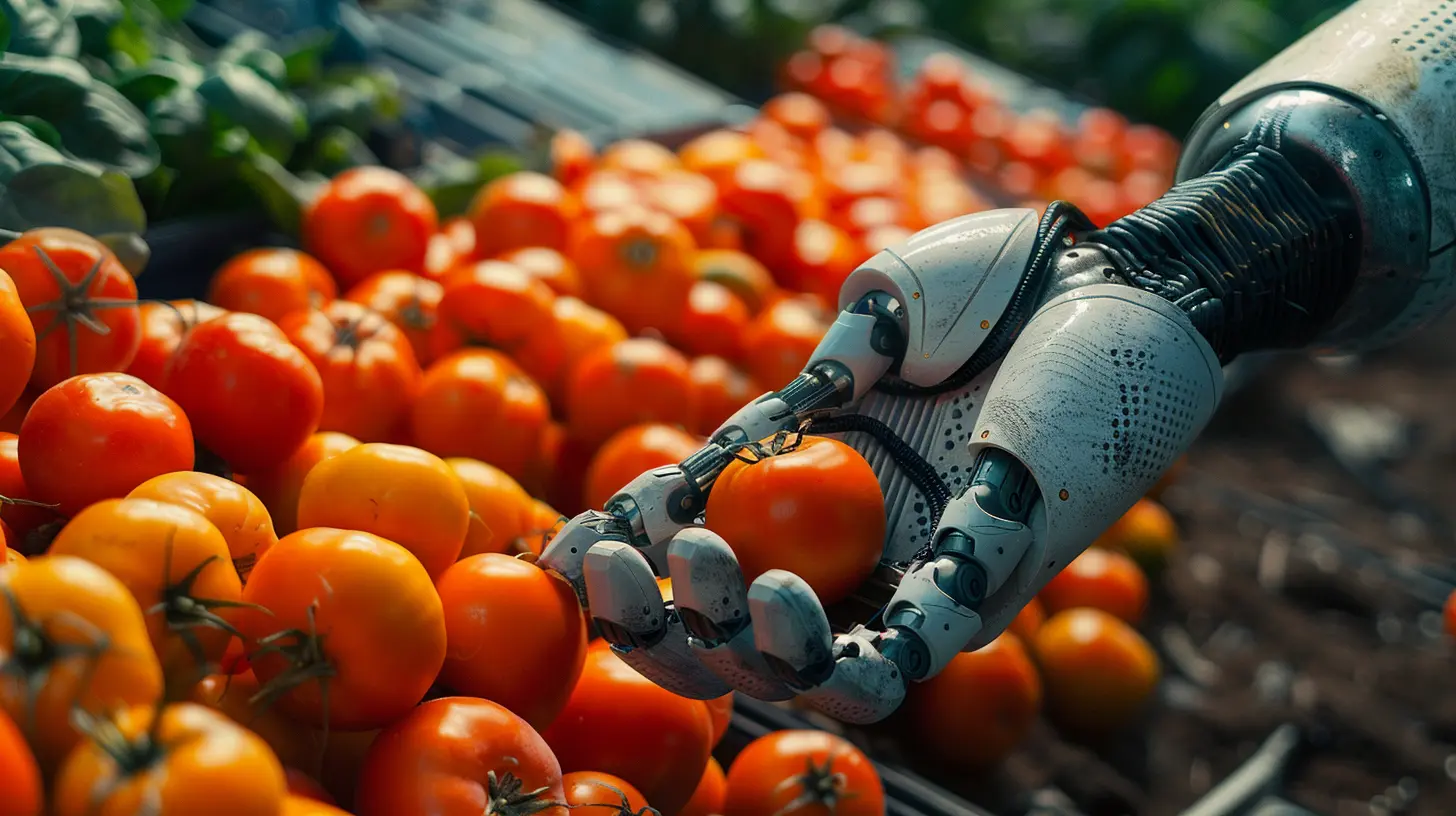
🚚 Distribution Domination: How Food Gets to You
Ever wonder how your online grocery order gets picked, packed, and shipped so fast? Say hello to robots again.Automated Warehousing
Giant warehouses now use robotic systems to manage inventory. Autonomous mobile robots (AMRs) zip around storage racks, picking up items and preparing them for delivery. These little guys are like interns that never get tired or make mistakes.This tech speeds up the entire distribution chain. Food gets from producer to seller to your doorstep in record time, cutting costs and reducing food waste in the process. Efficiency for the win!
Cold Chain Management
Perishable foods like dairy and meat require cold storage. Robotics help maintain the cold chain by constantly monitoring temperature and humidity levels. If anything goes out of range, alerts are sent instantly to make adjustments.Some advanced systems even use smart logistics to map the fastest route from warehouse to door, ensuring your ice cream doesn’t turn into a milkshake before it arrives.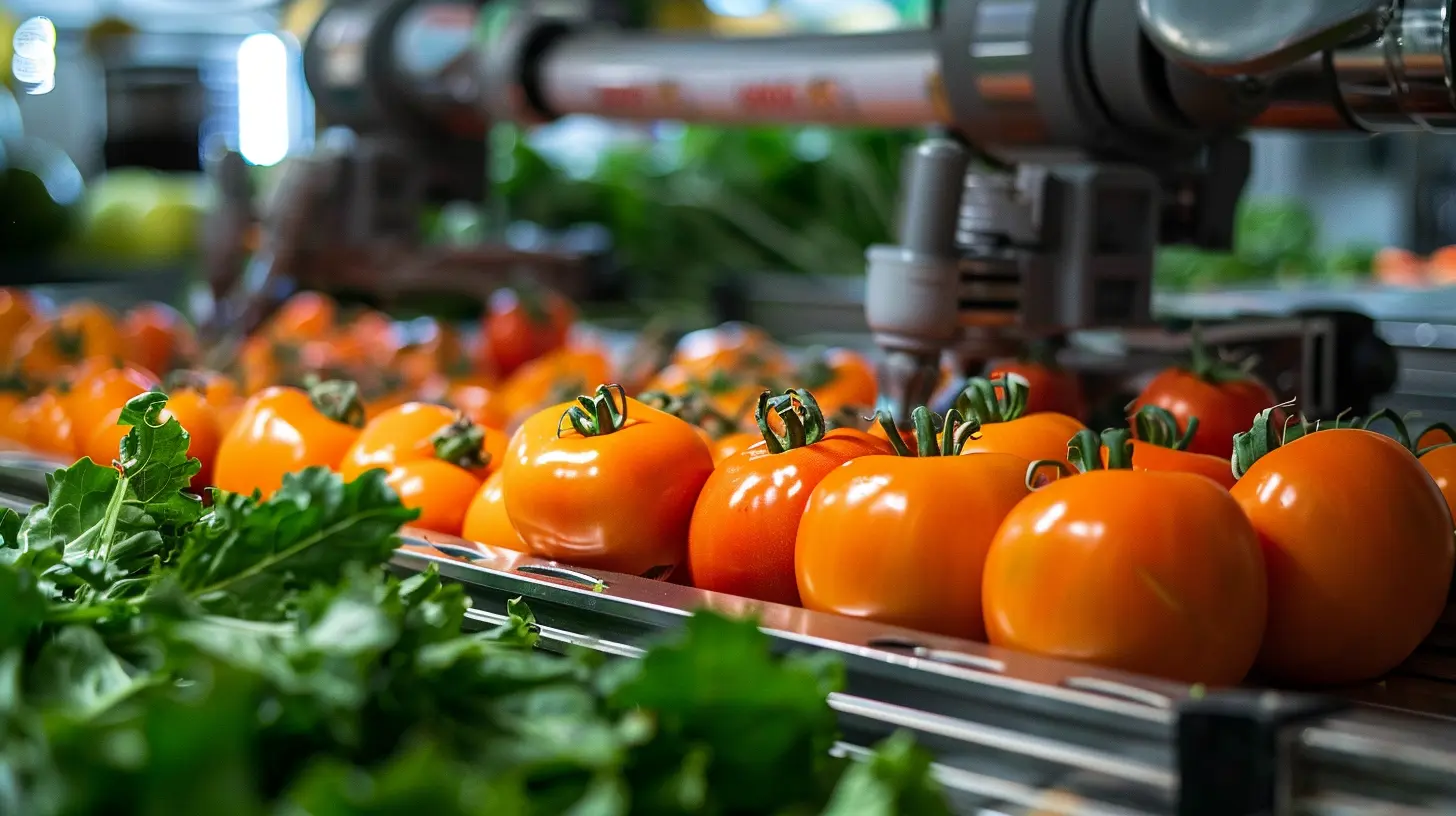
🧠 The Role of AI & Machine Learning
Now, robotics wouldn’t be as powerful without a brain behind the brawn. That’s where AI and machine learning come in.Data-Driven Decisions
Imagine robots that learn from experience. If one method of packing boxes is faster, the system remembers and repeats it. Machine learning allows food robots to get smarter over time—optimizing speed, reducing errors, and improving product quality.It’s like having a super-efficient employee who never forgets anything and keeps getting better.
Predictive Maintenance
No one wants a robot breaking down in the middle of a busy production day. Thanks to AI, robotic systems can now predict when maintenance is needed and alert staff before something goes wrong. It’s like your car telling you it needs an oil change before the check engine light even comes on.🌍 Sustainability: Doing More With Less
Let’s not forget one of the biggest benefits of robotics in food production and distribution—sustainability.Reducing Food Waste
Automated systems help eliminate waste by ensuring only high-quality products move through the supply chain. They also help with portion control, accurate sorting, and expiry monitoring. Less waste means more food for people and less strain on the planet.Energy Efficiency
Robots are optimized to use just the right amount of energy for each task. Combine that with smart routing and you have a system that not only moves food quickly but also reduces carbon footprint.Who knew robots could be eco-warriors too?
🔍 Real-Life Examples: Robots in Action
Still think this all sounds like sci-fi? Let’s take a quick look at some real-world examples making big waves:- Flippy by Miso Robotics: This robot flips burgers, fries foods, and works alongside kitchen staff. It’s already being used in fast food chains.
- Ocado’s Warehouse Robots: These bots operate in massive grid systems, picking and packing groceries with little human intervention.
- Agrobot: A robot specialized in strawberry picking. It uses AI to decide which berries are ripe enough to harvest.
- Soft Robotics: A company creating gentle robotic grippers that can handle delicate food items like pastries and seafood.
The future is no longer “coming soon”—it's already here.
💬 What This Means for Jobs
Ah, the million-dollar question: Are robots taking our jobs?Not exactly.
While robots are automating repetitive tasks, they’re also creating new roles—robot operators, technicians, AI trainers, and more. The goal isn’t to replace humans but to help them work smarter. Think of robots as coworkers, not competitors.
In fact, with labor shortages in the agriculture and food sectors, robots are filling gaps that would otherwise leave production lines idle. It’s a win-win situation.
🛠️ The Challenges Ahead
Of course, it’s not all smooth sailing. Adopting robotics in food production and distribution does come with hurdles.High Initial Costs
Setting up a robotic system isn’t cheap. But over time, the cost savings from higher efficiency, reduced waste, and fewer errors usually outweigh the investment.Technical Know-How
Operating and maintaining these systems requires skilled workers. That means more training programs and educational resources are needed to keep up with the demand.Ethical Concerns
As with any automation, there are concerns about data privacy, job displacement, and machine decision-making. It’s crucial that we navigate these issues carefully and thoughtfully.🔮 What’s Next for Food Robotics?
The future? Think more AI, more automation, and possibly even smarter supply chains. We’re looking at:- Fully autonomous farms
- Real-time global food tracking
- Personalized nutrition packs built by robots
- Contactless food delivery via drones and bots
While we’re not quite at "Jetsons" levels yet, we're definitely on our way.
Final Thoughts
So, the next time you take a bite of your perfectly grilled burger or open a bag of chips, remember: there's a good chance a robot helped bring that to your table. From seed to plate, robotics are redefining what’s possible in food production and distribution.It’s a brave new world out there—efficient, clean, and incredibly smart. And honestly? It tastes pretty darn good.
all images in this post were generated using AI tools
Category:
RoboticsAuthor:

Pierre McCord
Discussion
rate this article
1 comments
George Snyder
Great insights on the intersection of robotics and food! As technology advances, it’s inspiring to see how automation can enhance efficiency and sustainability in food production and distribution, ultimately benefiting both producers and consumers. Keep up the excellent work!
November 7, 2025 at 4:52 PM

Pierre McCord
Thank you for your kind words! I'm glad you found the insights valuable as we explore the impact of robotics on food production and sustainability.
